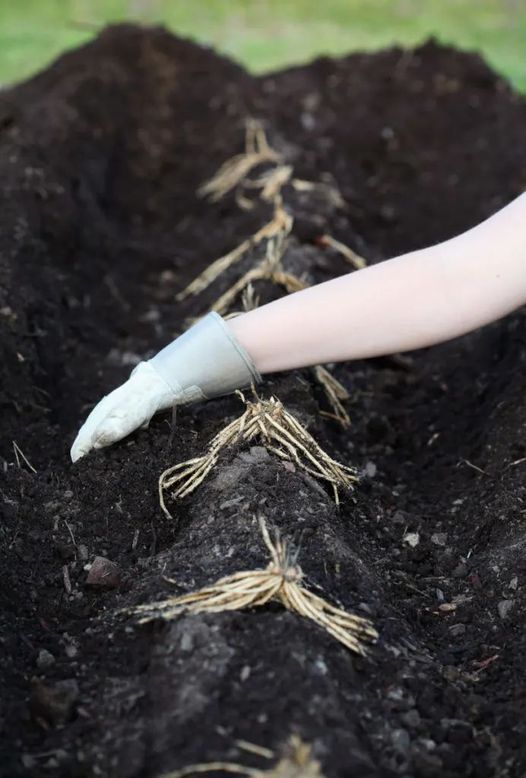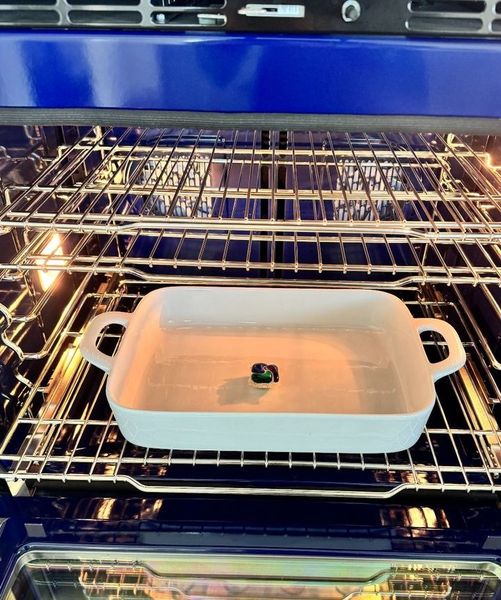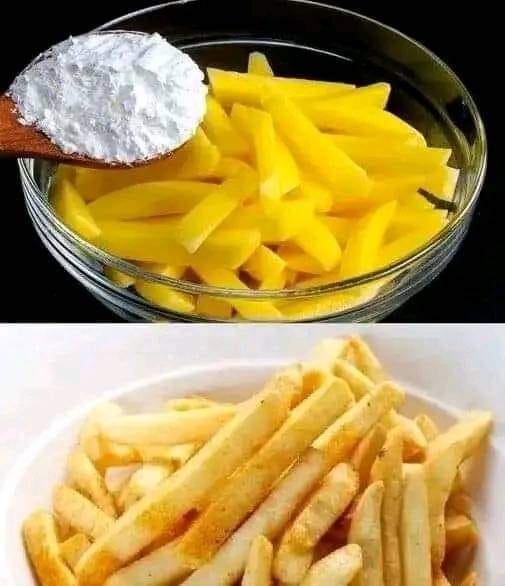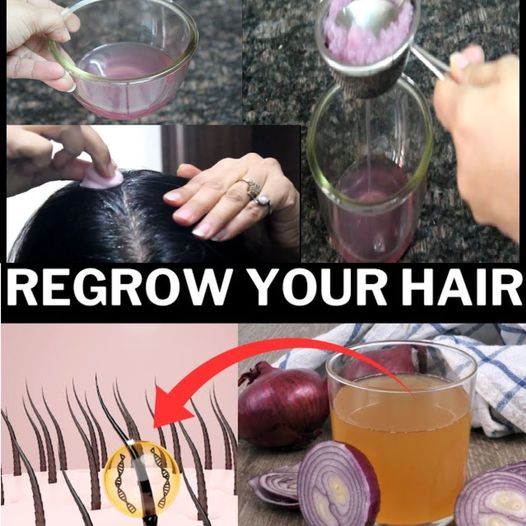As the summer garden winds down, many gardeners might be tempted to retire their tools and wait for spring. But if you’re looking for a low-maintenance garden that keeps on giving year after year, fall is the perfect time to plant perennial vegetables and fruits. These hardy plants will settle in over winter and come back stronger every spring, producing food without needing to be replanted. Here’s a list of the best perennial crops you should get into the ground this fall.
1. Asparagus
Asparagus is one of the most popular perennial vegetables, and planting it in the fall gives the roots time to establish. Once it’s settled, asparagus can provide you with delicious stalks for up to 20 years! Just make sure to plant it in well-drained soil and give it a permanent home since it won’t like being moved once it’s established.
How to Plant:
- Dig a trench about 12 inches deep.
- Add compost or aged manure for nutrients.
- Place crowns (roots) 18 inches apart, with the buds facing up.
- Cover lightly with soil, water thoroughly, and mulch for protection.
Harvest: Allow asparagus to grow without harvesting for the first two years. In year three, enjoy your fresh asparagus in the spring!
2. Rhubarb
Rhubarb is another tough perennial that thrives when planted in the fall. With its bright red stalks and tangy flavor, rhubarb is perfect for pies, jams, and sauces. It’s easy to care for, but keep in mind that only the stalks are edible—the leaves are toxic.
How to Plant:
- Choose a sunny spot with well-drained soil.
- Plant crowns about 3 feet apart.
- Cover with soil and mulch for protection through the winter.
Harvest: You’ll want to avoid harvesting rhubarb in its first year. After that, you can start enjoying its stalks in spring.
3. Garlic
Though technically not a perennial, garlic behaves like one when planted in the fall. Garlic cloves go into the ground in autumn and lie dormant through winter, sprouting up in spring. The result? Larger, more flavorful bulbs come summer!
How to Plant:
- Break apart garlic heads into individual cloves.
- Plant each clove pointy end up, about 2 inches deep.
- Space cloves 6-8 inches apart in rows.
- Mulch well to protect from cold.
Harvest: Your garlic will be ready to harvest in early summer once the leaves start to brown.
4. Horseradish
Horseradish is a spicy root vegetable that will spread and thrive with little care. Plant it in fall, and it will reward you with pungent roots that can be grated fresh for sauces and seasoning.
How to Plant:
- Plant root cuttings 18 inches apart in a sunny location.
- Dig a hole and plant at a 45-degree angle with the top just below the surface.
- Cover with soil and water well.
Harvest: Horseradish is ready to harvest in late fall after the first frost. Simply dig up part of the root while leaving some behind for next year.
5. Jerusalem Artichokes (Sunchokes)
These tubers are easy to grow and great for harvesting in late fall. Once planted, they will return year after year and can spread quite vigorously if not kept in check.
How to Plant:
- Plant tubers about 4-6 inches deep in loose, well-drained soil.
- Space them 12-18 inches apart, as they will grow tall.
Harvest: You can start digging up sunchokes in the fall, but leave some in the ground for next year’s crop.
6. Strawberries
Planting strawberries in the fall allows them to develop strong root systems, which means a bigger, juicier harvest next spring. Choose ever-bearing varieties if you want fruit throughout the season.
How to Plant:
- Plant crowns 12-18 inches apart in rows.
- Make sure the crowns are just above the soil level.
- Mulch well to protect from winter cold.
Harvest: You’ll start to see fresh strawberries as early as late spring!
7. Fruit Trees (Apple, Pear, and Peach)
While not perennial vegetables, fall is also an excellent time to plant fruit trees like apples, pears, and peaches. The cooler weather helps reduce transplant shock, and the trees can establish roots before the heat of summer hits.
How to Plant:
- Dig a hole twice as wide as the root ball but no deeper.
- Place the tree in the hole, making sure the root crown is at soil level.
- Backfill with soil, water thoroughly, and mulch.
Harvest: Depending on the variety, fruit trees may take 2-5 years to begin producing, but the wait is worth it!
8. Herbs (Thyme, Mint, Chives)
Perennial herbs are another fantastic choice for fall planting. Herbs like thyme, mint, and chives are hardy and will come back year after year with minimal care.
How to Plant:
- Plant seedlings or divisions in well-drained soil in full sun.
- Space plants 12-18 inches apart.
Harvest: Most perennial herbs can be harvested the first year and will continue to provide flavorful leaves each season.
Why Fall Planting Works
Planting perennials in the fall has its advantages. The cooler temperatures reduce stress on the plants, and the consistent moisture from fall rains helps them establish strong root systems. By the time spring rolls around, these plants will be ready to burst into growth without the need for much maintenance.
Conclusion
With just a little bit of effort in the fall, you can enjoy an easy-to-care-for garden that provides fresh food year after year. Perennial vegetables and fruits like asparagus, rhubarb, and strawberries are not only delicious but also great investments in your garden’s long-term productivity. So, don’t put away your garden spade just yet—get planting and reap the benefits for seasons to come!



